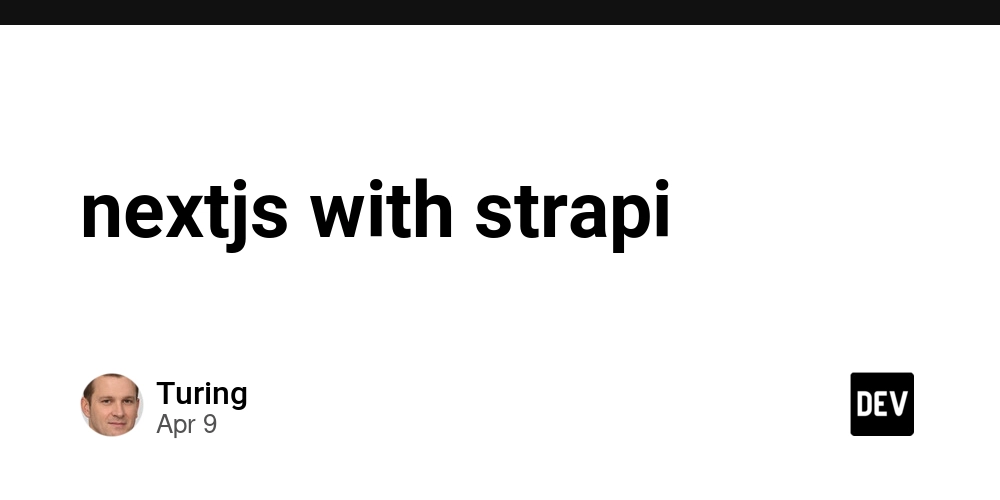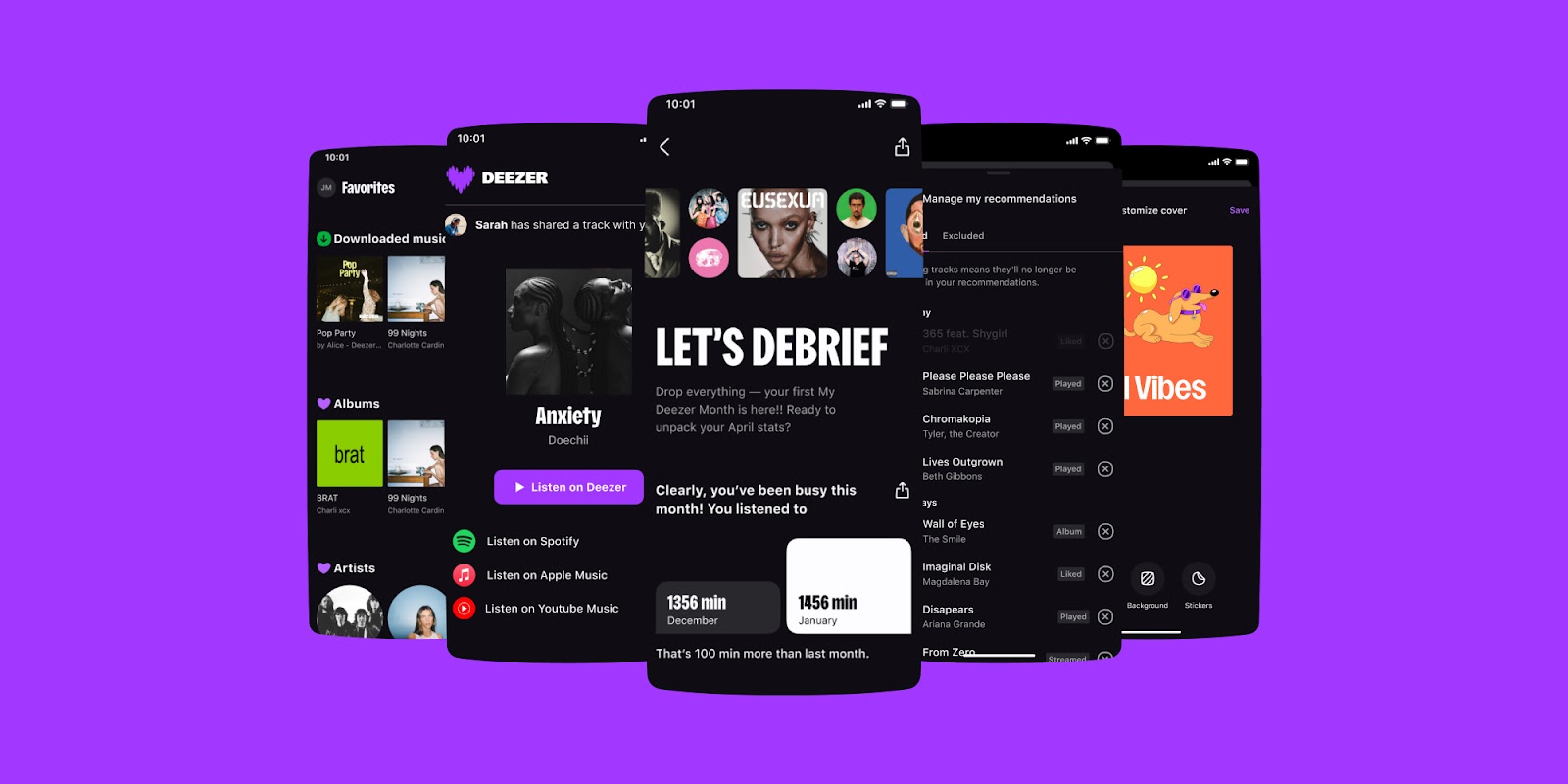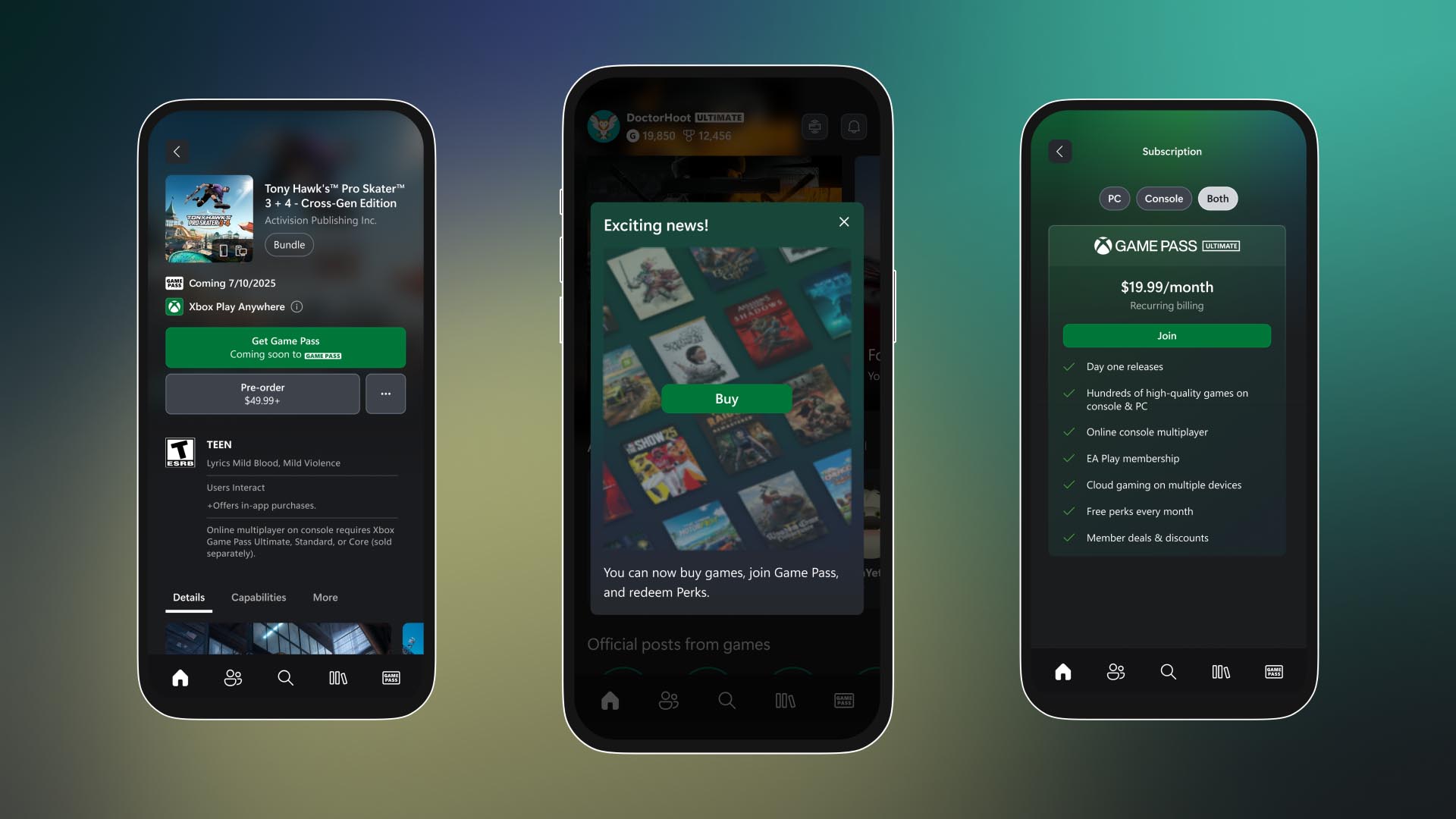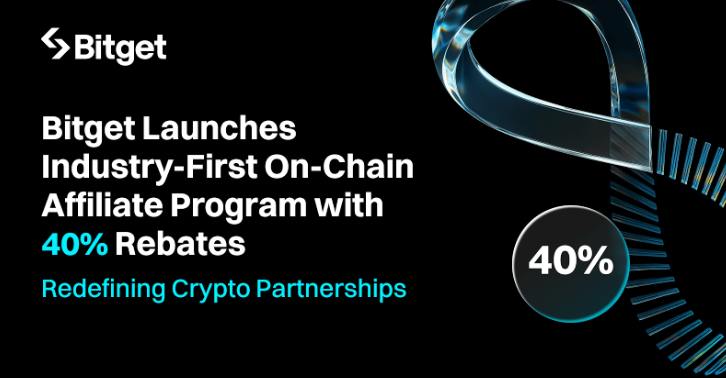nextjs with strapi
nextjs with strapi Next.js is a powerful React framework that enables developers to build fast, scalable web applications with ease. As a framework, it provides a set of tools and conventions that streamline the development process, offering features like server-side rendering, static site generation, and API routes right out of the box. This makes it an ideal choice for developers who want to create dynamic and performant web applications using React, while benefiting from its built-in optimizations and routing capabilities. To understand Next.js fully, it's useful to clarify the distinction between frameworks and libraries. A library is a collection of pre-written code that developers can use to perform specific tasks—think of them as useful tools in your toolbox. Libraries give you the flexibility to pick and choose which functionalities to use. On the other hand, a framework is a more complete solution that provides a structure for development. It often dictates the architecture of your application and establishes best practices, guiding you on how to build your application. Next.js falls into the category of frameworks as it provides a comprehensive structure for building React applications, as well as built-in features that help manage routing, state, and server interactions. Integrating Next.js with Strapi can significantly enhance your development workflow. Strapi is a headless Content Management System (CMS) that provides an easy-to-use API for managing content. When used together, Next.js can serve as the frontend framework that displays and interacts with the data managed by Strapi. This separation of concerns allows for a clean architecture where Next.js handles the client-side rendering and user interactions, while Strapi manages content creation, updates, and storage on the backend. In a typical workflow, you can define a content type in Strapi, such as articles or products, and use its powerful API to fetch this data directly in your Next.js application. You can leverage Next.js's static site generation (SSG) and server-side rendering (SSR) features to pre-render pages with Strapi content, resulting in improved load times and SEO. As you begin to explore the capabilities of Next.js coupled with Strapi, I recommend subscribing, following, or joining my blog if you want to learn Next.js or explore using AI tools like gpteach to bolster your coding skills. Getting Started with Next.js and Strapi To set up a Next.js application with Strapi, you'll typically start by creating your Strapi project. This can easily be done using Strapi's CLI: npx create-strapi-app my-project --quickstart This command initializes a new Strapi project with a default database (SQLite). Once your Strapi server is running, you can create new content types and define the fields as required. Next, you’ll want to set up your Next.js application. You can do this with the following command: npx create-next-app@latest my-next-app After configuring your Next.js app and installing necessary packages like Axios or Fetch for making API calls, you can set up the fetching of content from your Strapi backend. Fetching Data from Strapi in Next.js One of the key features of Next.js is its ability to fetch data both at build time and request time. Depending on your app's needs, you may want to use getStaticProps for static generation or getServerSideProps for server-side rendering. Here's a basic example of fetching data from Strapi using getStaticProps: // pages/index.tsx import { GetStaticProps } from 'next'; import axios from 'axios'; const Home = ({ articles }) => { return ( My Blog {articles.map(article => ( {article.title} {article.content} ))} ); }; export const getStaticProps: GetStaticProps = async () => { const res = await axios.get('http://localhost:1337/articles'); const articles = res.data; return { props: { articles, }, }; }; export default Home; In the example above, we define a simple home page that fetches articles from a Strapi backend and displays them. By using getStaticProps, we ensure that the articles are fetched at build time, resulting in improved performance and SEO benefits. Conclusion Combining Next.js with Strapi allows developers to create robust and dynamic web applications that are both high-performing and easy to manage. With Next.js's powerful features for routing, data fetching, and rendering, paired with Strapi's user-friendly interface for content management, you can build anything from a simple blog to a complex e-commerce site. If you’re eager to dive deeper into Next.js or want to utilize technologies like AI to enhance your coding journey, consider leveraging resources like gpteach for guided learning. Happy coding!

nextjs with strapi
Next.js is a powerful React framework that enables developers to build fast, scalable web applications with ease. As a framework, it provides a set of tools and conventions that streamline the development process, offering features like server-side rendering, static site generation, and API routes right out of the box. This makes it an ideal choice for developers who want to create dynamic and performant web applications using React, while benefiting from its built-in optimizations and routing capabilities.
To understand Next.js fully, it's useful to clarify the distinction between frameworks and libraries. A library is a collection of pre-written code that developers can use to perform specific tasks—think of them as useful tools in your toolbox. Libraries give you the flexibility to pick and choose which functionalities to use. On the other hand, a framework is a more complete solution that provides a structure for development. It often dictates the architecture of your application and establishes best practices, guiding you on how to build your application. Next.js falls into the category of frameworks as it provides a comprehensive structure for building React applications, as well as built-in features that help manage routing, state, and server interactions.
Integrating Next.js with Strapi can significantly enhance your development workflow. Strapi is a headless Content Management System (CMS) that provides an easy-to-use API for managing content. When used together, Next.js can serve as the frontend framework that displays and interacts with the data managed by Strapi. This separation of concerns allows for a clean architecture where Next.js handles the client-side rendering and user interactions, while Strapi manages content creation, updates, and storage on the backend.
In a typical workflow, you can define a content type in Strapi, such as articles or products, and use its powerful API to fetch this data directly in your Next.js application. You can leverage Next.js's static site generation (SSG) and server-side rendering (SSR) features to pre-render pages with Strapi content, resulting in improved load times and SEO.
As you begin to explore the capabilities of Next.js coupled with Strapi, I recommend subscribing, following, or joining my blog if you want to learn Next.js or explore using AI tools like gpteach to bolster your coding skills.
Getting Started with Next.js and Strapi
To set up a Next.js application with Strapi, you'll typically start by creating your Strapi project. This can easily be done using Strapi's CLI:
npx create-strapi-app my-project --quickstart
This command initializes a new Strapi project with a default database (SQLite). Once your Strapi server is running, you can create new content types and define the fields as required.
Next, you’ll want to set up your Next.js application. You can do this with the following command:
npx create-next-app@latest my-next-app
After configuring your Next.js app and installing necessary packages like Axios or Fetch for making API calls, you can set up the fetching of content from your Strapi backend.
Fetching Data from Strapi in Next.js
One of the key features of Next.js is its ability to fetch data both at build time and request time. Depending on your app's needs, you may want to use getStaticProps for static generation or getServerSideProps for server-side rendering.
Here's a basic example of fetching data from Strapi using getStaticProps:
// pages/index.tsx
import { GetStaticProps } from 'next';
import axios from 'axios';
const Home = ({ articles }) => {
return (
<div>
<h1>My Blog</h1>
{articles.map(article => (
<div key={article.id}>
<h2>{article.title}</h2>
<p>{article.content}</p>
</div>
))}
</div>
);
};
export const getStaticProps: GetStaticProps = async () => {
const res = await axios.get('http://localhost:1337/articles');
const articles = res.data;
return {
props: {
articles,
},
};
};
export default Home;
In the example above, we define a simple home page that fetches articles from a Strapi backend and displays them. By using getStaticProps, we ensure that the articles are fetched at build time, resulting in improved performance and SEO benefits.
Conclusion
Combining Next.js with Strapi allows developers to create robust and dynamic web applications that are both high-performing and easy to manage. With Next.js's powerful features for routing, data fetching, and rendering, paired with Strapi's user-friendly interface for content management, you can build anything from a simple blog to a complex e-commerce site. If you’re eager to dive deeper into Next.js or want to utilize technologies like AI to enhance your coding journey, consider leveraging resources like gpteach for guided learning. Happy coding!










































































































































































![[The AI Show Episode 144]: ChatGPT’s New Memory, Shopify CEO’s Leaked “AI First” Memo, Google Cloud Next Releases, o3 and o4-mini Coming Soon & Llama 4’s Rocky Launch](https://www.marketingaiinstitute.com/hubfs/ep%20144%20cover.png)


































































































































































































![Blue Archive tier list [April 2025]](https://media.pocketgamer.com/artwork/na-33404-1636469504/blue-archive-screenshot-2.jpg?#)


































.png?#)








.png?width=1920&height=1920&fit=bounds&quality=70&format=jpg&auto=webp#)



























.webp?#)

























































































![PSA: It’s not just you, Spotify is down [U: Fixed]](https://i0.wp.com/9to5mac.com/wp-content/uploads/sites/6/2023/06/spotify-logo-2.jpg?resize=1200%2C628&quality=82&strip=all&ssl=1)
![[Update: Optional] Google rolling out auto-restart security feature to Android](https://i0.wp.com/9to5google.com/wp-content/uploads/sites/4/2025/01/google-play-services-2.jpg?resize=1200%2C628&quality=82&strip=all&ssl=1)












![Apple Releases iOS 18.4.1 and iPadOS 18.4.1 [Download]](https://www.iclarified.com/images/news/97043/97043/97043-640.jpg)
![Apple Releases visionOS 2.4.1 for Vision Pro [Download]](https://www.iclarified.com/images/news/97046/97046/97046-640.jpg)
![Apple Vision 'Air' Headset May Feature Titanium and iPhone 5-Era Black Finish [Rumor]](https://www.iclarified.com/images/news/97040/97040/97040-640.jpg)


































![[Update: Trump Backtracks]The U.S. Just Defunded a Key Security Database, And Your Android Phone Could Pay the Price](https://www.androidheadlines.com/wp-content/uploads/2025/03/Android-logo-AM-AH.jpg)

































































































